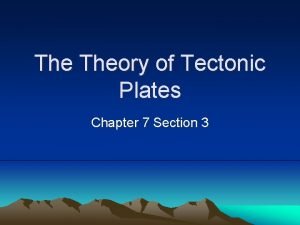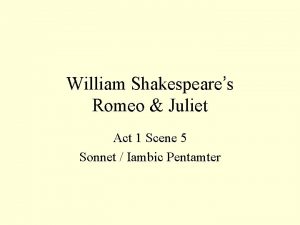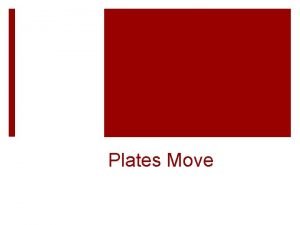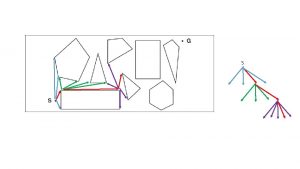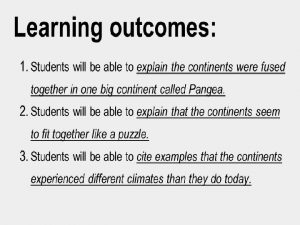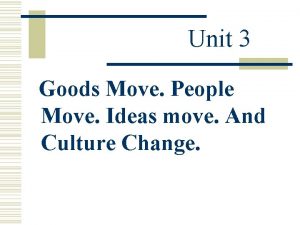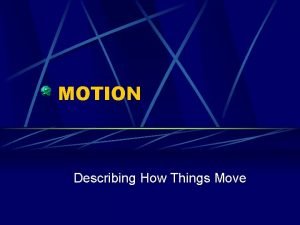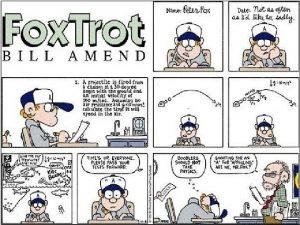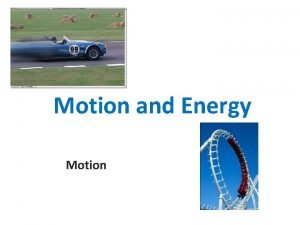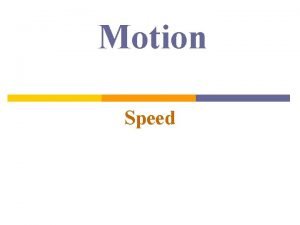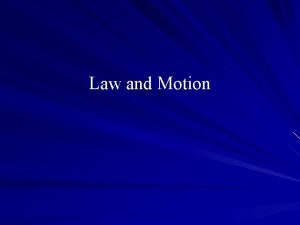What is Motion What is to move move















- Slides: 15

What is Motion? • What is “to move? ” move • What do we need to “observe” observe to say something has indeed moved? moved • What is “not moving? ” moving • Have you ever really thought about motion? It seems like a simple idea, simple observation, ……but let’s take a look at MOTION Dr. Joseph W. Howard ©Spring 2008

Frame of Reference Any measurement of position, distance, and/or speed (or really anything) MUST be made from a “frame of reference. ” reference A starting point An origin A common location A reference point to judge “change” Dr. Joseph W. Howard ©Spring 2008

Distance? What is it? What do people usually mean by “distance? ” Distance is the total length of travel that an object has moved. Is this enough? Dr. Joseph W. Howard ©Spring 2008

Examples East West 1 m Distance = 4 m Dr. Joseph W. Howard ©Spring 2008

Examples East West 1 m Distance = 8 meters Dr. Joseph W. Howard ©Spring 2008

Examples East West 1 m Distance = 6 meters Dr. Joseph W. Howard ©Spring 2008

Examples We have a problem East Distance = 4 m East West 1 m Same distance, different location 1 m Distance = 4 m Dr. Joseph W. Howard ©Spring 2008

Examples Displacement: net change in location from a starting point that an object moves during the observation of that object. East West 1 m Distance = 4 m Displacement = 4 m West Dr. Joseph W. Howard ©Spring 2008

Examples East West 1 m Distance = 8 meters Displacement = 0 meters Dr. Joseph W. Howard ©Spring 2008

Examples East West 1 m Distance = 6 meters Displacement = 2 meters West Dr. Joseph W. Howard ©Spring 2008

Examples East Distance = 4 m East West 1 m Displacement = 4 m West 1 m Distance = 4 m Displacement = 2 m West Dr. Joseph W. Howard ©Spring 2008

Displacement is the “net change” in location from the beginning location. Okay, so we are clear on the difference between “distance” and “displacement. ” What’s next? Dr. Joseph W. Howard ©Spring 2008

Vectors Notice how we represent “amounts & directions!” We use “arrows” to indicate the amount and “arrowheads” to indicate direction. We call these VECTORS A displacement vector is an arrow whose length represents the net change in location for an object and the direction it moved. Dr. Joseph W. Howard ©Spring 2008

Vectors Directions are very important in describing motion!! 5 m 5 m 2 m Same distance different displacement 8 m Same direction, different displacement & distance Dr. Joseph W. Howard ©Spring 2008

Vectors are especially useful when combining motions and when describing changes in motion. We will be using “vector arrows” arrows in many useful ways! Dr. Joseph W. Howard ©Spring 2008
 Lateral thinking riddle
Lateral thinking riddle Shm formula
Shm formula Section 1 describing motion
Section 1 describing motion An object in motion stays in motion
An object in motion stays in motion Section 1 describing motion answer key
Section 1 describing motion answer key Chapter 2 section 1 describing motion answer key
Chapter 2 section 1 describing motion answer key Section 1 describing motion
Section 1 describing motion Active rom
Active rom Chapter 2 motion section 1 describing motion answer key
Chapter 2 motion section 1 describing motion answer key What causes tectonic plates to move? *
What causes tectonic plates to move? * How helicopter moves forward
How helicopter moves forward Romeo and juliet act 1 scene 5 summary
Romeo and juliet act 1 scene 5 summary Vollpalette
Vollpalette Difference top down and bottom up
Difference top down and bottom up Front
Front Inschool kerava
Inschool kerava









